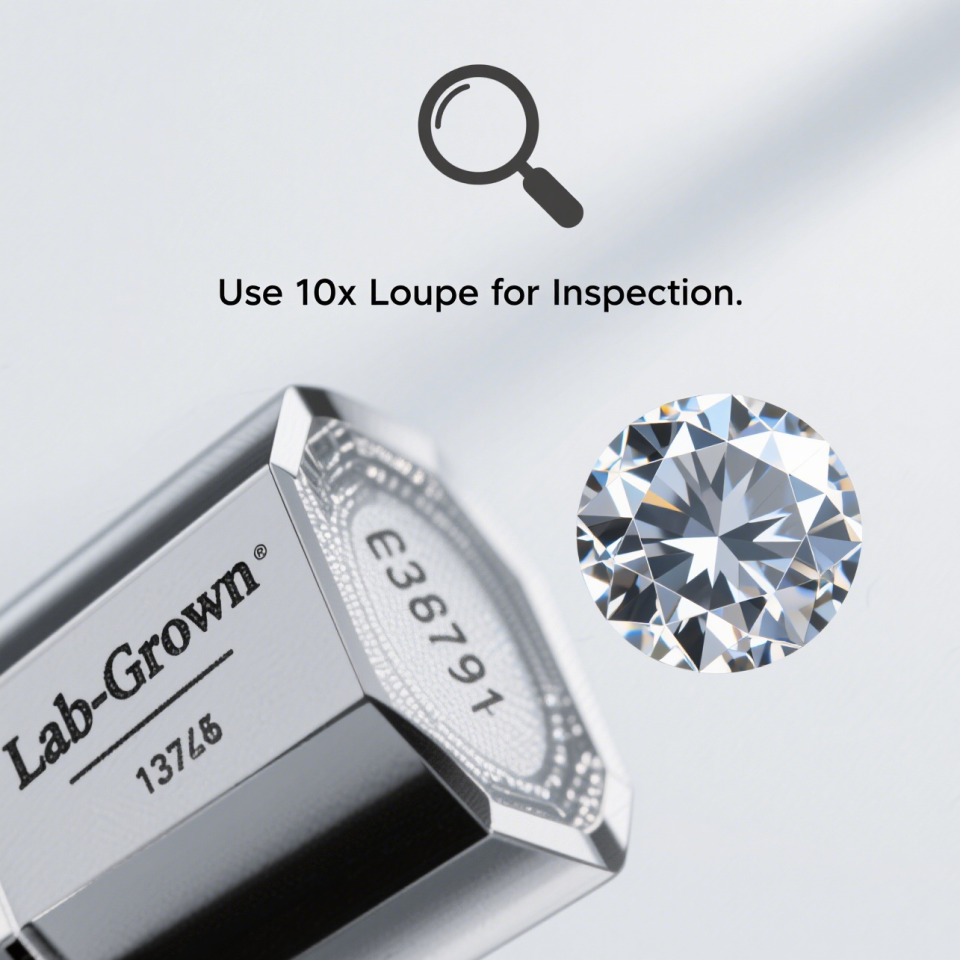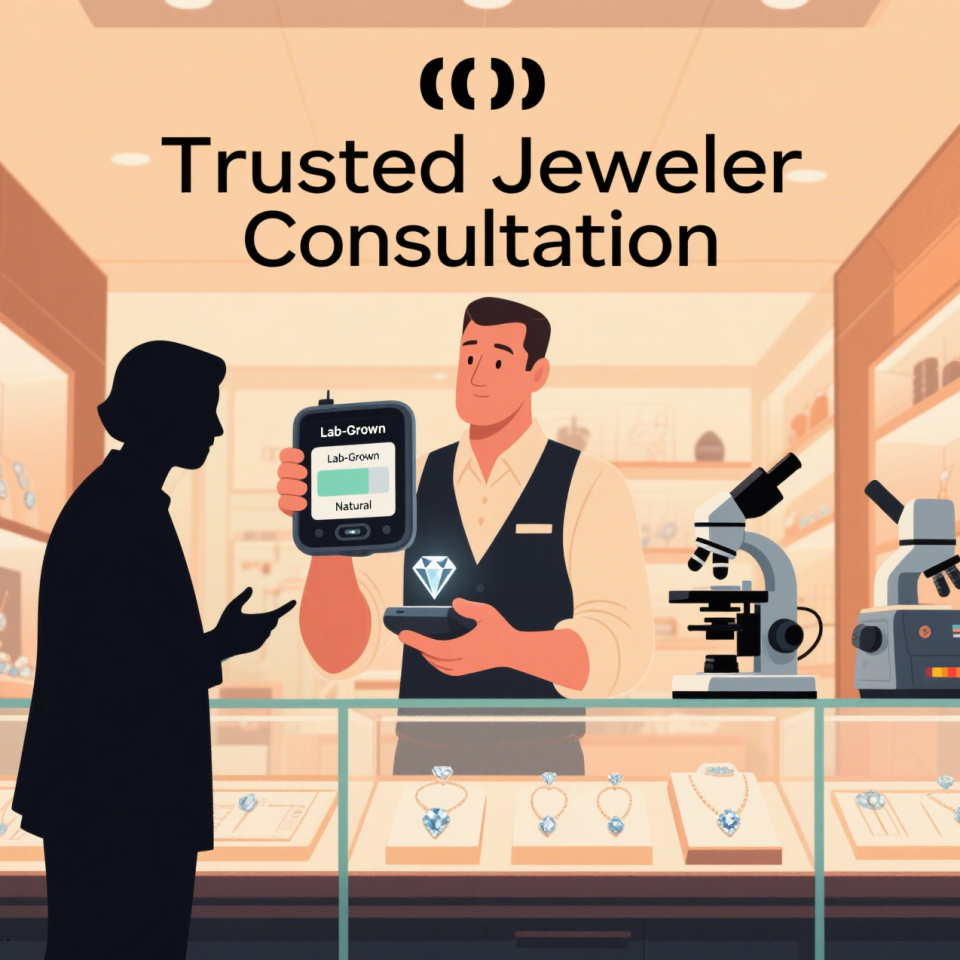With the rising popularity of lab-grown diamonds, many buyers are curious about how to tell them apart from natural diamonds. While they share the same physical, chemical, and optical properties, there are a few subtle differences that experts use to identify each type. Here’s your guide to understanding the key methods.
1. Understanding the Basics
Lab-grown diamonds are created in a controlled environment using advanced technology—either High Pressure High Temperature (HPHT) or Chemical Vapor Deposition (CVD). Natural diamonds, on the other hand, form over billions of years deep within the Earth’s mantle.
Despite their different origins, both have the same hardness, sparkle, and durability, making visual identification challenging.
2. Check the Certification
The most reliable way to know whether a diamond is lab-grown or natural is to check its grading report from a trusted gemological laboratory such as GIA, IGI, or GCAL.
- Lab-grown diamonds will be clearly marked as “Laboratory-Grown” or “Synthetic.”
- Natural diamonds will not have such notes and will list only their natural origin.
3. Inscriptions on the Girdle
Many lab-grown diamonds have microscopic laser inscriptions on their girdle (the thin edge of the stone).
- Use a jeweler’s loupe or microscope to look for phrases like “Lab-Grown”, “LG”, or the certificate number.
- Natural diamonds may also have inscriptions, but they won’t indicate lab-grown status.

4. Use a Professional Diamond Tester
While basic thermal conductivity testers cannot differentiate between lab-grown and natural diamonds (because both are pure carbon), advanced spectroscopic and phosphorescence testing can.
- HPHT-grown diamonds sometimes display a unique blue fluorescence or phosphorescence under UV light.
- CVD diamonds may show distinctive absorption patterns in spectroscopy analysis.
5. Look for Growth Patterns Under Magnification
Using a gemological microscope or a device like the DiamondView, experts can detect:
- Lab-grown diamonds: May have metallic inclusions (HPHT) or growth striations (CVD).
- Natural diamonds: Tend to have irregular growth patterns and natural mineral inclusions.
6. Ask a Trusted Jeweler
A reputable jeweler with the right equipment can provide a quick assessment. Many jewelers now have specialized detection machines designed to identify lab-grown stones instantly.

Final Thoughts
For the average buyer, it’s nearly impossible to tell the difference between a lab-grown and natural diamond by sight alone. The most reliable method is to check the certification from a recognized gemological lab. Whether you choose lab-grown or natural, the beauty and brilliance of your diamond remain timeless.

